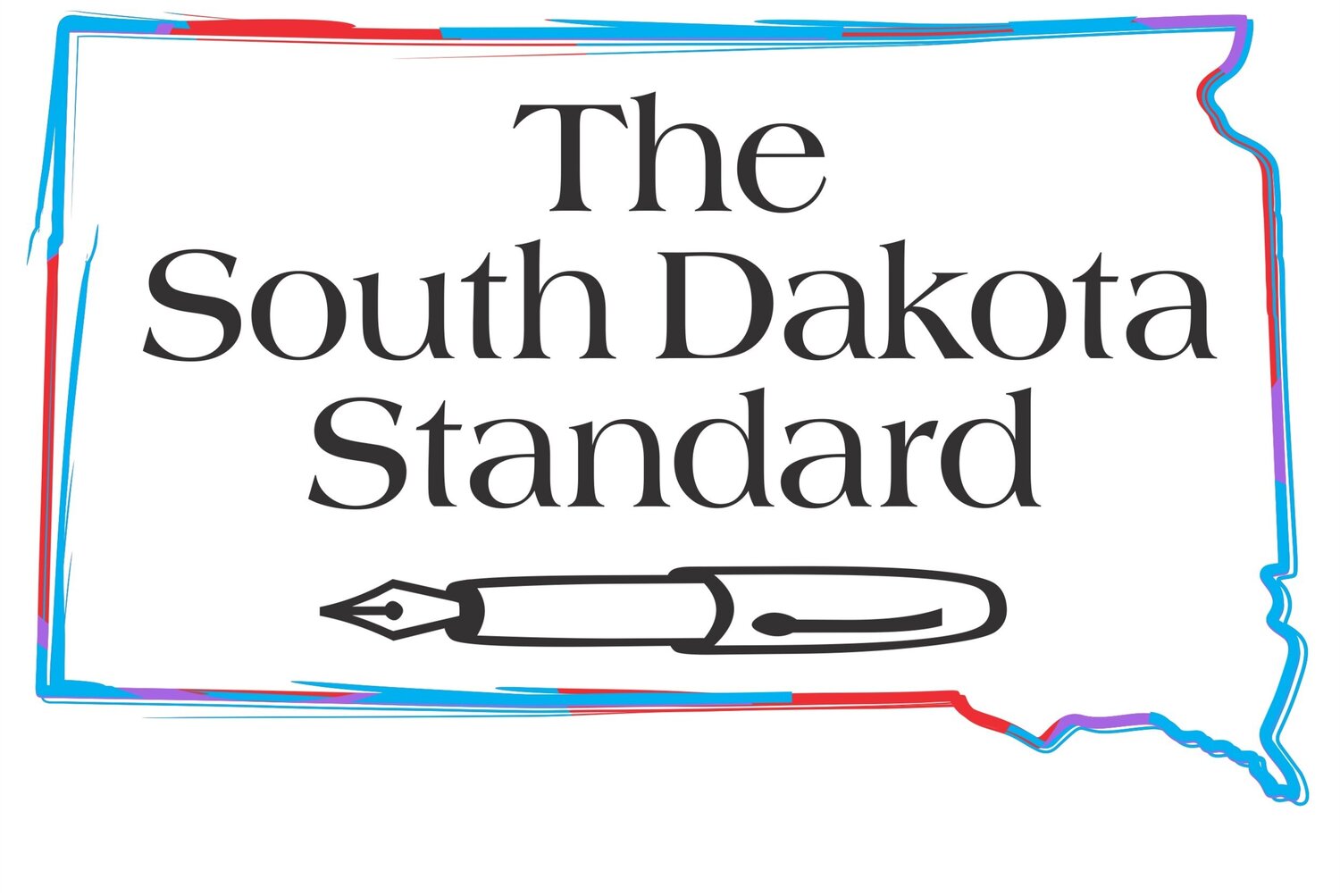Buffer strips are working in Iowa and Minnesota, and could have a positive impact on Big Sioux Watershed
The Big Sioux Watershed is currently filled with pollutants ranging from E. coli to nitrates and chemicals. These pollutants are limiting the uses and safety of the Big Sioux River. The Sierra Club states that the pollutants found in the river are results of agricultural runoff.
Luckily, for the Big Sioux Watershed, agricultural runoff can be prevented. The implementation of riparian buffers (like the one above in Story County, IA, pictured in a public domain image posted on wikimedia commons) on agricultural land can have immense positive impacts on water quality of the nearby rivers, streams, and watersheds. Buffer strips are a protective zone of land between a watershed and agricultural land that filter out agricultural runoff.
When defining what a riparian buffer system is, Daniel Burden from Iowa State University describes it saying, “It plays a key role in increasing water quality in associated streams, rivers and lakes and provides a greatly enhanced and varied habitat for wildlife.”
Riparian buffers use native plants as a filter which contain species that are beneficial to pollinators according to the Minnesota Board of Water and Soil Resources. These systems not only naturally and sustainably filter excess nutrients, fertilizers, chemicals, and products of livestock that are contributing to unsafe water, but they also provide a new habitat for wildlife.
One of the main concerns that farmers have regarding these buffer strips is that they would be taking away from agricultural production. These strips most commonly range from 35- to 150-foot wide, which would take up some of this agricultural land, but there are state and federal programs that pay landowners to implement a buffer strip. The Riparian Buffer Initiative and the Big Sioux River Project are both examples of programs that provide financial support to farmers who are choosing to implement these systems on their land.
The Riparian Buffer Initiative works on pollution control for the water bodies in South Dakota. This initiative is for those who enroll to have a 50- to 120-foot buffer strip on their agricultural land. If done, those enrolled will receive a tax break increase from 40% to 50% and will be required to enroll once every 10 years instead of annually, as found on the South Dakota Department of Agriculture and Natural Resources website. These incentives work to have more of the agricultural community get involved with the implementation of riparian buffer strips.
Buffer strips are not just an empty promise either, there is proof through research of their successes. The EPA has shared research that they have completed on the buffer and vegetative filter strips and the positive outcomes that they have seen. The research produced results of buffers being most effective at trapping particulate pollutants such as solid particles and liquid droplets, but that’s not the only thing they were shown to trap.
Evidence showed that buffers were also successful at trapping soluble pollutants, which include chemicals, fertilizers, and bacteria. The benefits of these pollutants being trapped reduced the levels of nitrogen, phosphorus, and sediment.
These reductions are exactly what the Big Sioux River needs.
Two neighboring states, Iowa and Minnesota, have both seen success with the implementation of buffer strips. Minnesota has a buffer law requiring vegetative buffers on agricultural land and Iowa is ranked No. 1 in buffer strips, according to the Iowa Farm Bureau.
The implementation of riparian buffer strips are beneficial to the watersheds impacted by agricultural runoff, specifically the Big Sioux River. With support from the Riparian Buffer Initiative, these buffer strips can be implemented with not only environmental incentives, but also financial incentives.
If you or someone you know is interested in implementing a buffer strip on your land, the South Dakota Department of Agriculture and Natural Services has information regarding the riparian buffer initiative and the requirements to join the program on their website. Consider the direct benefit buffer strips can have on the Big Sioux River.
Parker Tewes of Duluth, Minn., is a sophomore environmental studies major at Gustavus Adolphus College in St. Peter, Minn. During the past semester, she researched the use of riparian buffer strips on South Dakota agricultural land.







